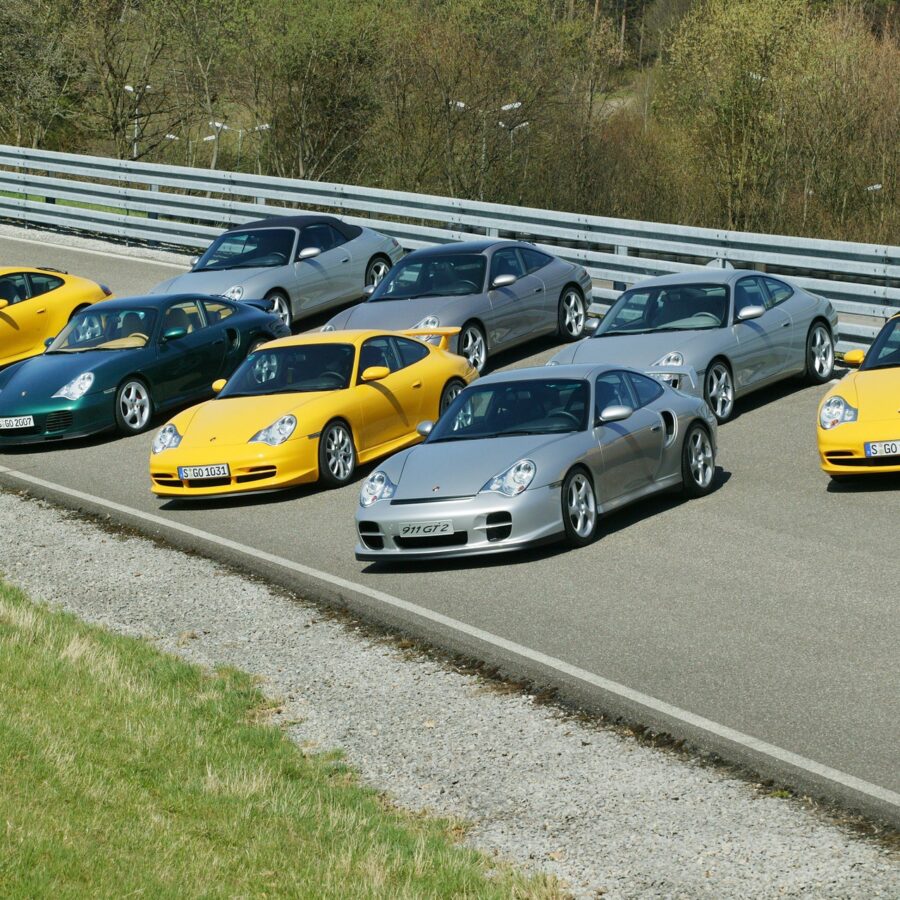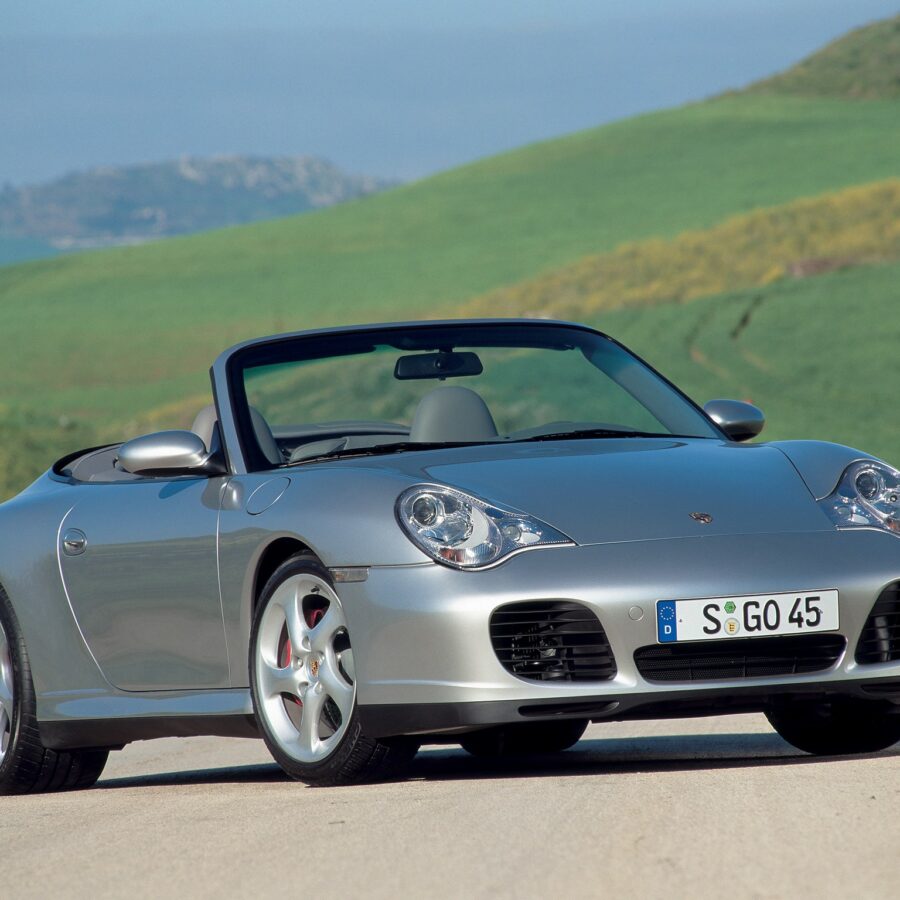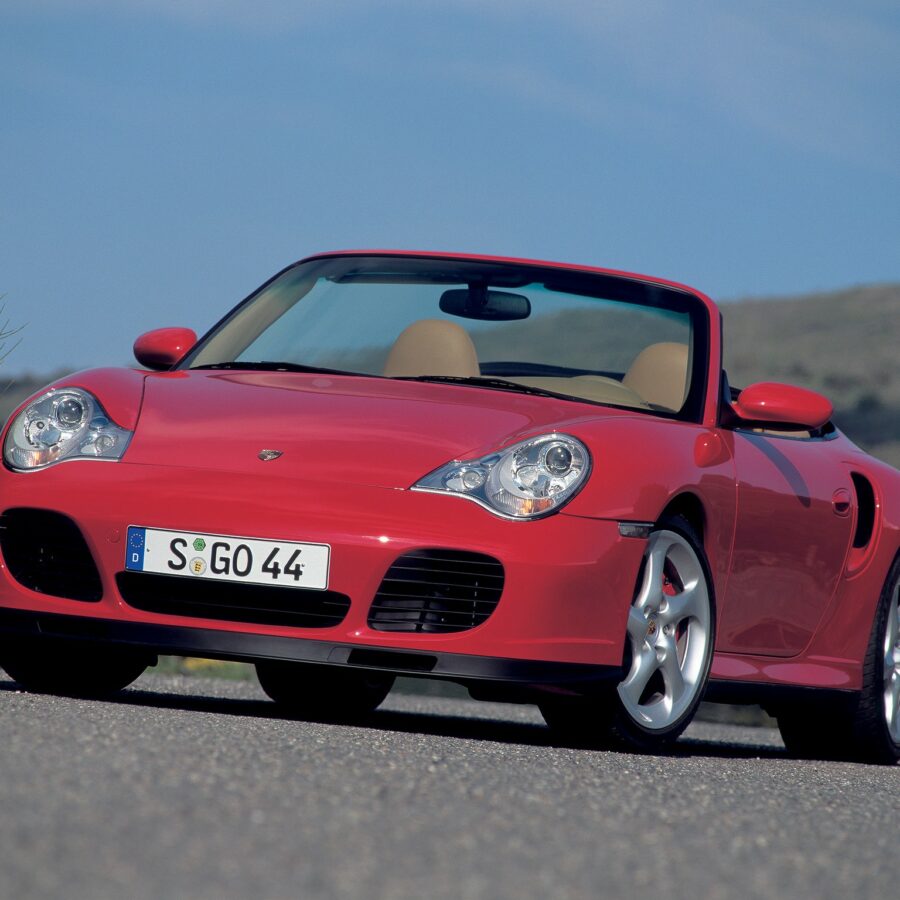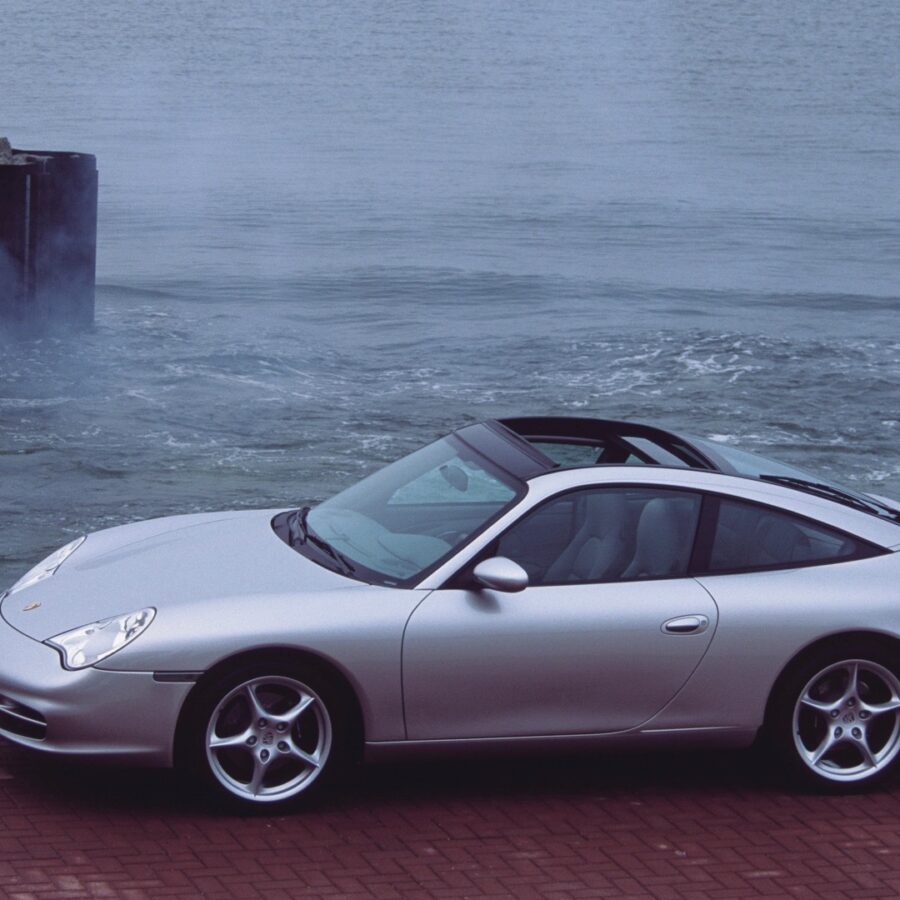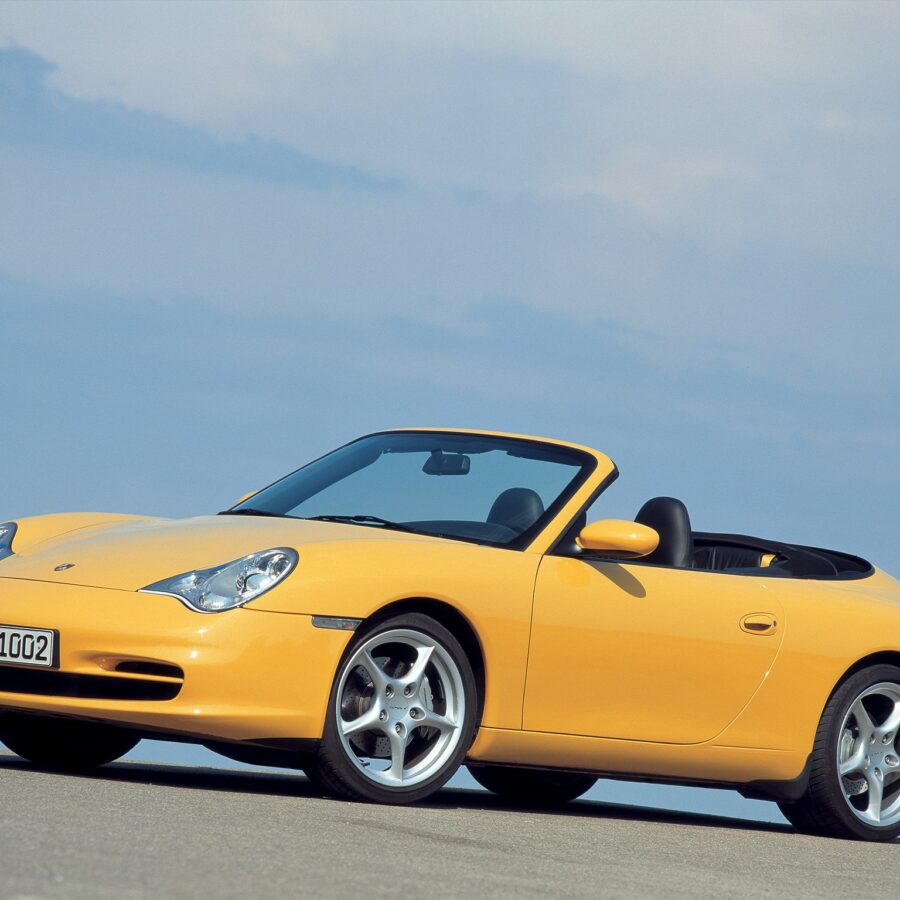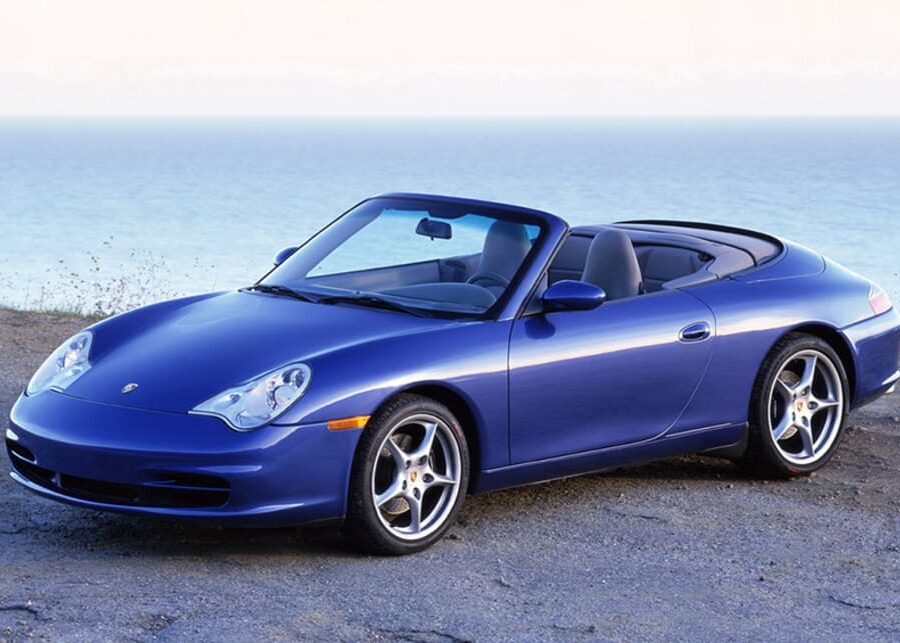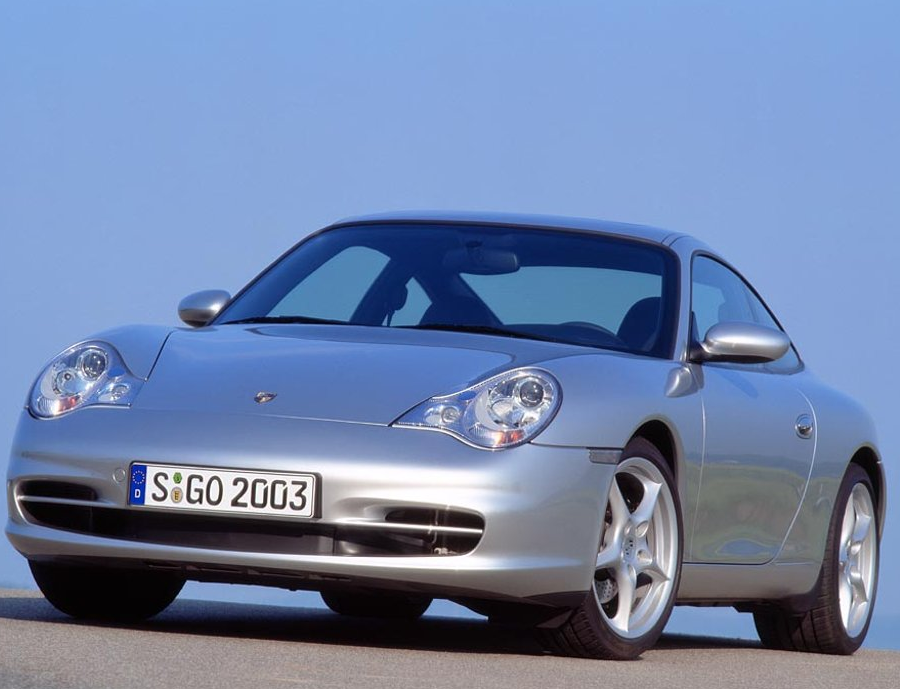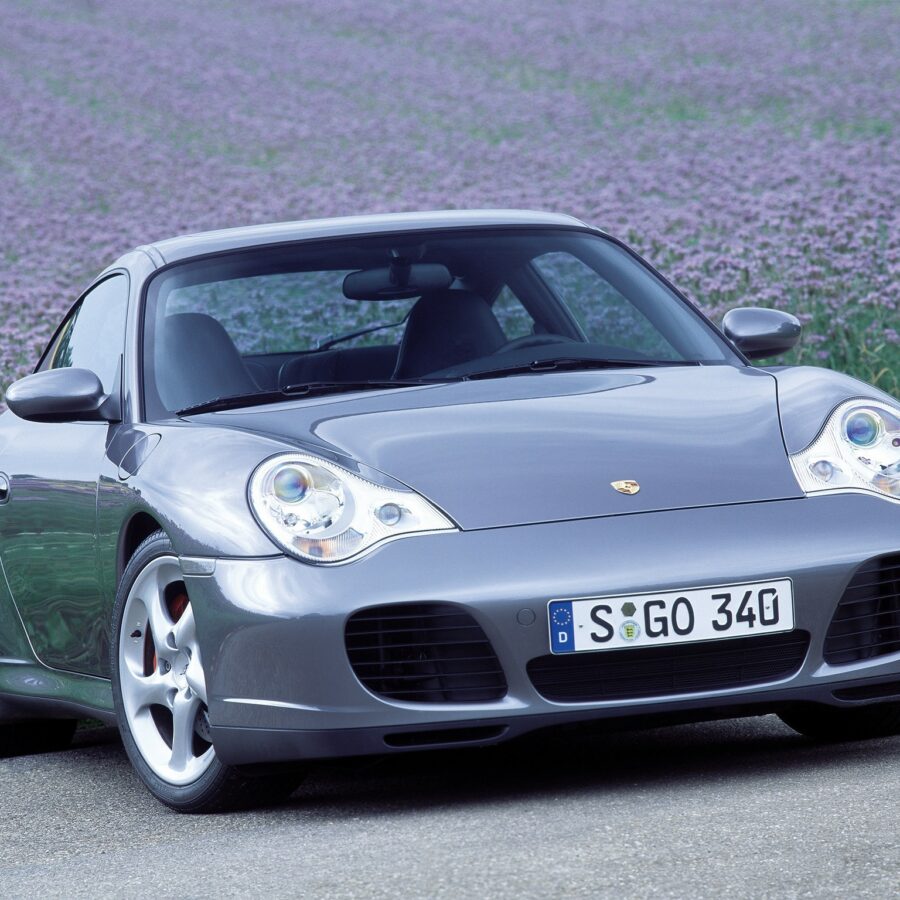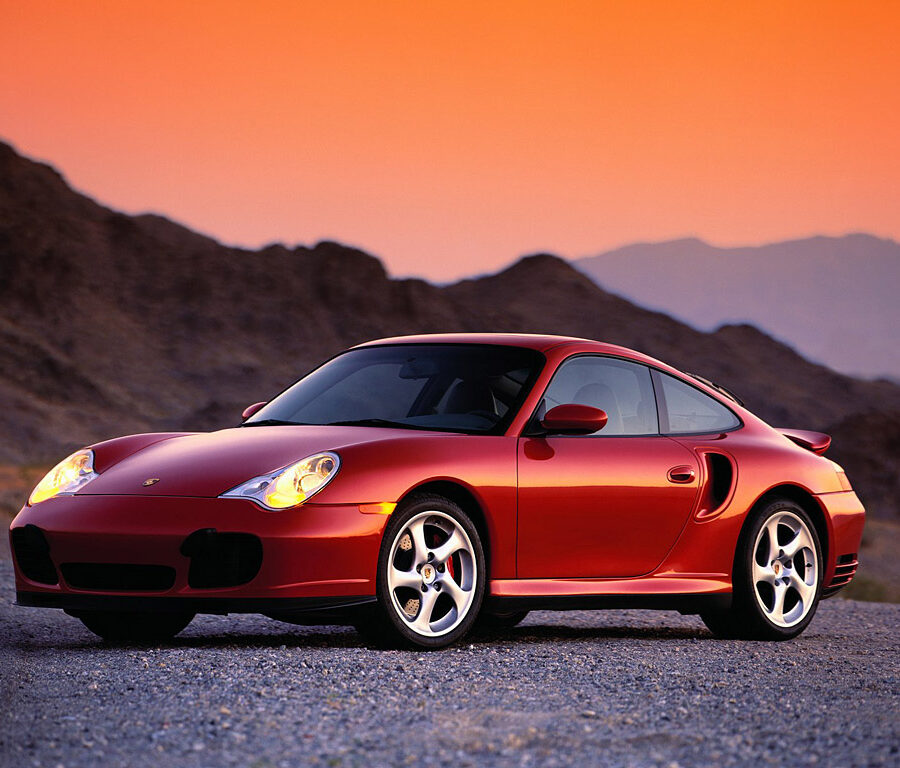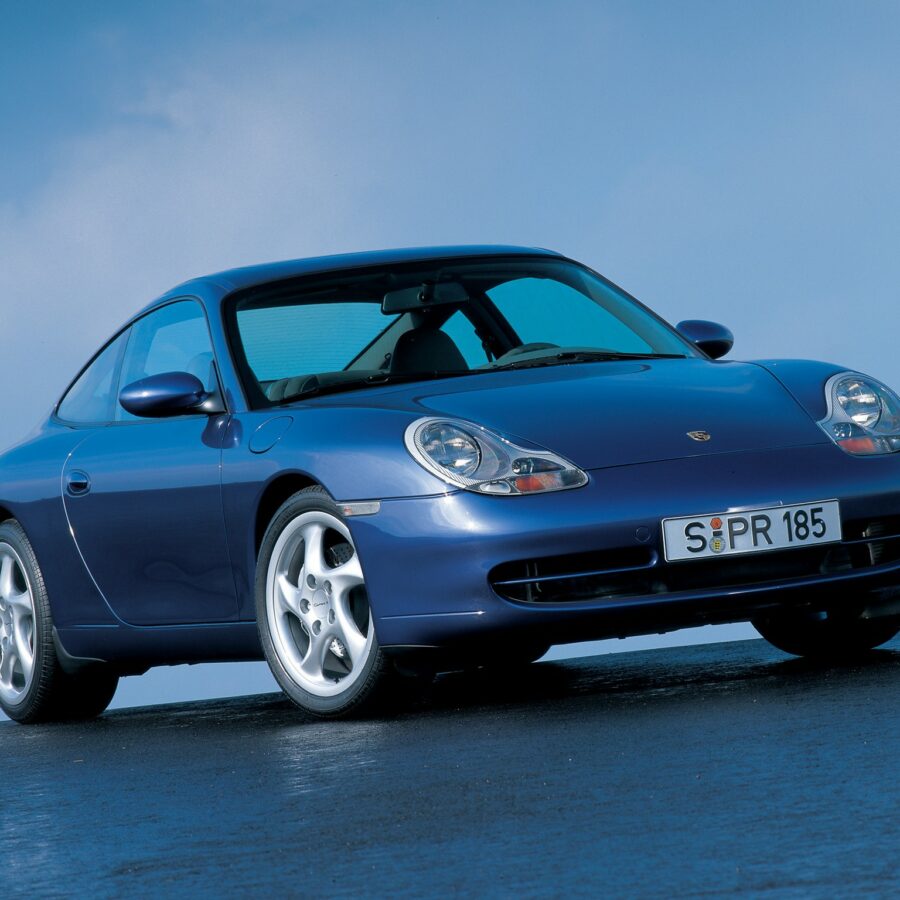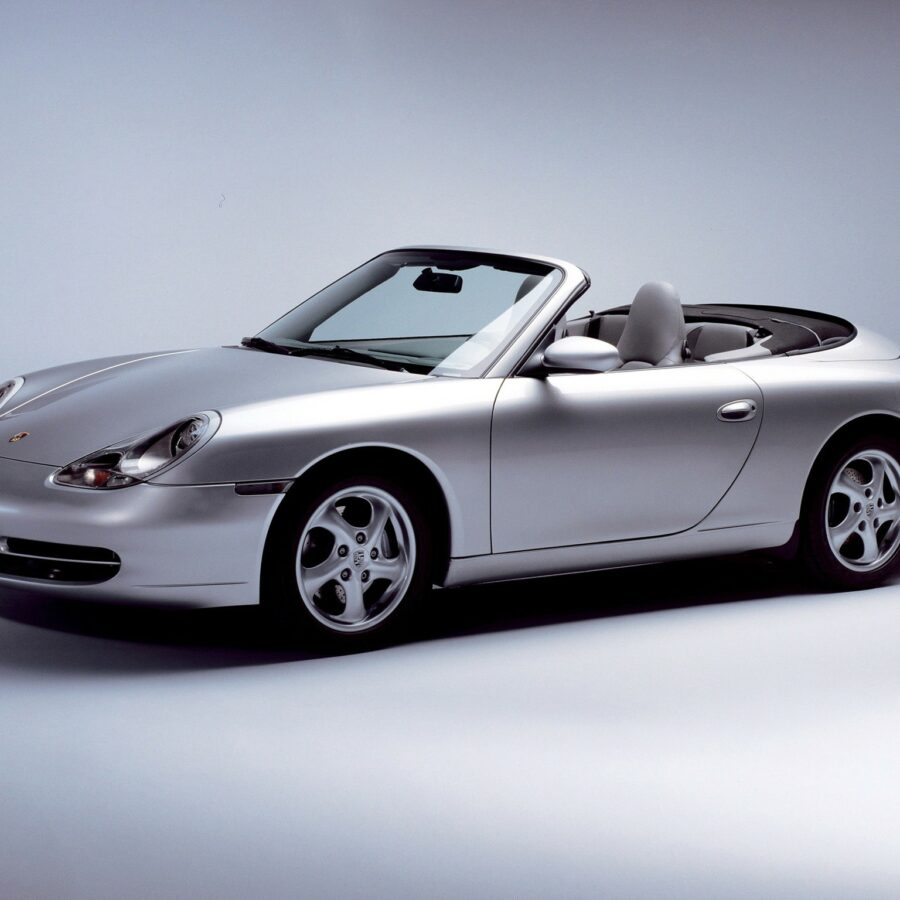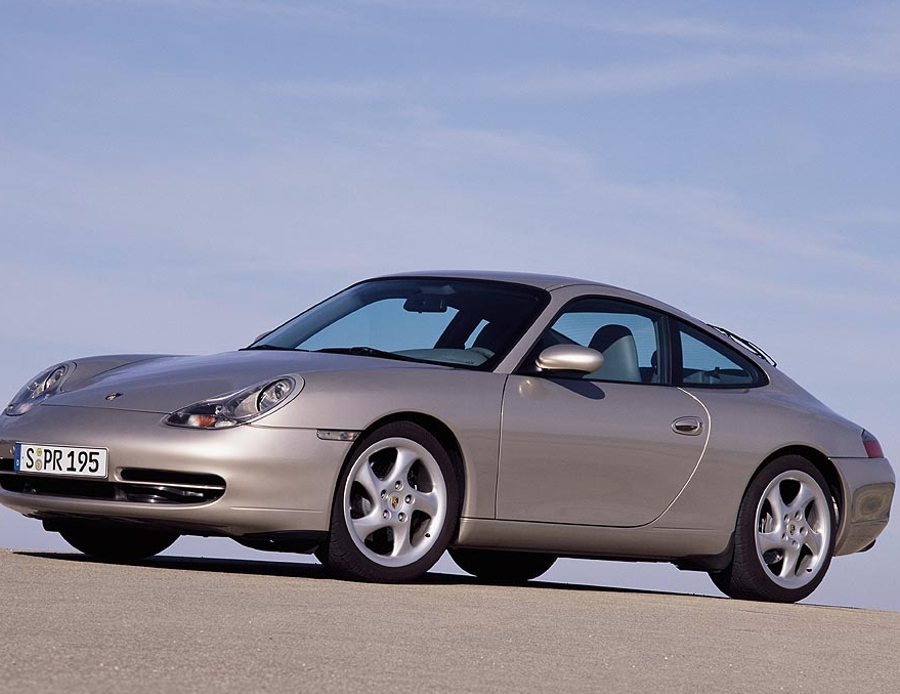Porsche 911 Carrera 4S Cabriolet (996.2) (2003 – 2005)
Turbo looks, sporty suspension, all-wheel drive, and more power and torque from the 3.6-liter flat six
Porsche 911 Targa (996.2) (2002 – 2005)
2002 marked the start of the production of the 996 Targa, with a sliding glass "green house" roof
Porsche 911 Carrera 4 Cabriolet (996.2) (2002 – 2004)
The base all-wheel-drive version for the open-top 911 range
Porsche 911 Carrera (996.2) (2002 – 2004)
In 2002, all of the standard models received a minor makeover
Porsche 911 Carrera 4S Coupe (996.2) (2002 – 2005)
In 2002, the Carrera 4S Cabriolet was introduced with the new engine and the Turbo bodywork.
Porsche 911 Turbo (996) (2001 – 2005)
All-wheel drive, twin turbos, and a water-cooled flat-six
Porsche 911 Carrera 4 Cabriolet (996) (1999 – 2001)
The all-wheel-drive system provides between 5-40% of torque to the front wheels depending on the situation
Porsche 911 Carrera 4 Coupe (996) (1999 – 2001)
Coming soon
Porsche 911 Carrera Cabriolet (996) (1998 – 2001)
The Water-Cooled Flat 6 Arrives to The Open Top 911
Porsche 911 Carrera (996) (1998 – 2001)
The Water-Cooled Flat 6 Arrives


